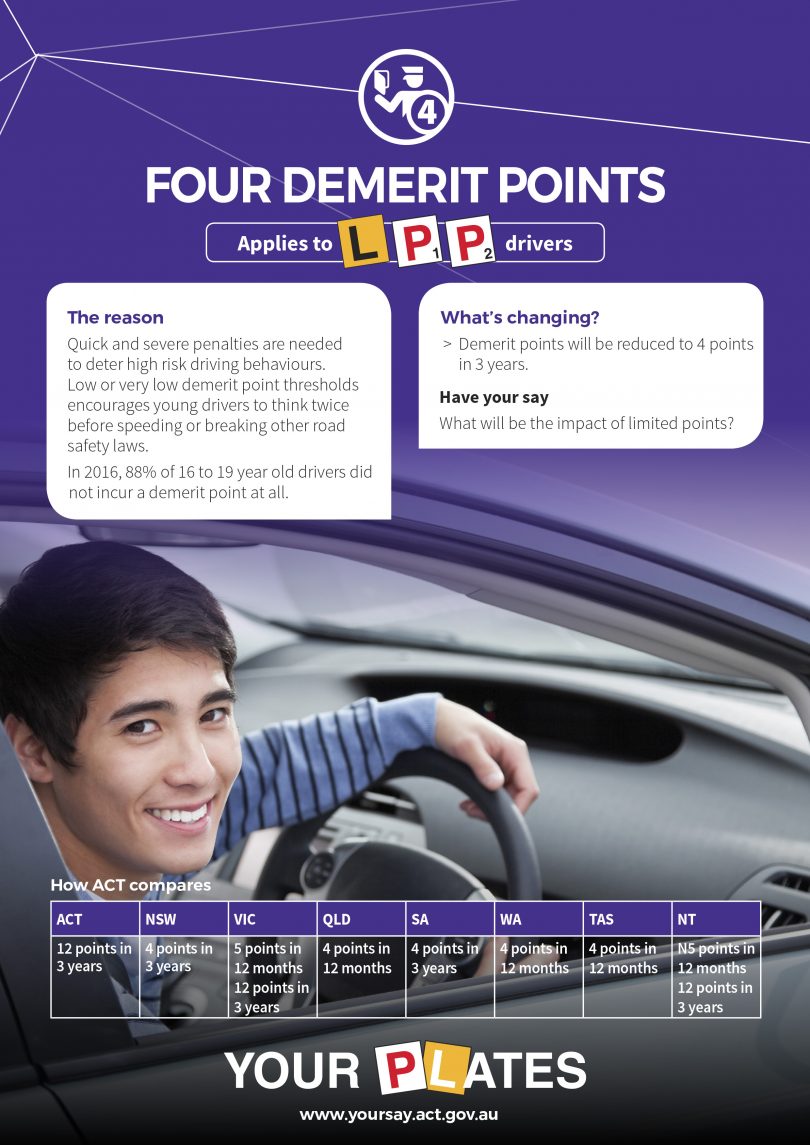Curfew For 16 Year Old Driver For Mac
Almost half of the accidents occurring on Georgia roads are involved with the teenagers. Rash driving, inexperienced or negligent driving or whatever the reason may be, it is very essential that the teenagers as well as their parents are well aware of the driving restrictions for teenagers in. In order to help the teenagers to get a grip on driving under different conditions, Graduated licensing restrictions are enforced by Georgia DMV. If you are looking for getting your driver’s license, address change, taking your pictures, conducting, behind the wheels or the road test, license renewal or verifying your legal presence in Georgia and many other services, then the Department of Motor Vehicles ( DMV) will come in handy. DMV is present in many locations in different counties of Georgia. DMV also distributes driver’s handbook which has the sample test papers which can be used to study for the learner’s permit.
Georgia DMV enforces restrictions on the teenage driving because of the increasing number of road accidents among the youngsters. For more information you can visit. What is TADRA? The Teenage and Adult Driver Responsibility Act ( TADRA), established on July 1st, 1997 is nothing but Georgia’s graduate driver’s license program meant for teenagers for enforcing highway safety.
This rule directly addresses the traffic crashes. TADRA significantly addresses the way young drivers earn and maintain their driving privilege and gain experience by reducing high risk driving situations. Young and inexperienced drivers have higher rates of accidents especially from what happened in 2000 in Georgia due to speed driving had the highest teenager accidents. TADRA involves intense educational process which allows the teenage drivers to gain good experience on the road. Step One: Instructional permit (CP) This type of license is granted for 15 year old teenagers after they pass the written test successfully.
However, the drivers are not allowed to drive all by themselves during this period. They should be accompanied by 21 year old adult and possesses a valid Class C driver’s license at all times. The adult passenger can be an instructor or a one who possesses the driver’s license at least for 4 or more consecutive years and whose license should not have been suspended during the 4 years of training. Legal guardians or parents can accompany the instructor.
Cell phones, hands free or any other video devices are strictly prohibited. Step Two: Intermediate License, generally Class D license This type of license is granted to drivers between 16-18 years of age who possess Instructional permit for at least 1 year and should have passed the behind the wheels driving test. The intermediate driving license has the below restrictions. The teenage drivers are not allowed to drive between 12 am and 6 am. For the 1st 6 months upon issuance of Class D driver’s license, the passengers other than those who are immediately of the drivers are not allowed to accompany while driving. During the 2nd 6 month period of obtaining the Class D driver’s license, the license holder will not be able to drive the vehicle on public roads, highways or streets when more than one passenger is in the vehicle with a condition that the passengers are not the driver’s immediate family and are below 21 years of age.


After the 2nd 6 month period, Class D driver’s license holder will not be able to drive the motor vehicle on streets, public roads or highways when more than 3 passengers are in the vehicle that are below 21 years of age. The Class D driver’s license holder should have completed the driver education course which is approved by the Department of driver services and also accrued a cumulative total of at least 40 hours of supervised driving experience including at least 6 hours of night driving. In case you do not satisfy this rule, you will not be eligible to get your Class D driver’s license. From January 1 2013, all outside state training certificates are accepted by Georgia and make sure the certificate is within 9 months of the candidate’s 16th birthday. Until you are turned fully 18 years you will not be allowed to drive between 11 pm and 5 am unless you have emergencies like school event where you have no transportation at all, religious activities, employment, medical necessity, etc. Step Three: Full License, generally Class C license This type of driver’s license holder should be above 18 years of age who already has Class D license and should have had no major traffic convictions during the previous 1 year. The below violations might occur during this time:.
Reckless driving. Drag racing. Hit and run.
DUI. Escaping from a police officer Besides this, Georgia has a zero tolerance for drunken driving and such drivers will have to face a 1 year license suspension.
Driver's License 16 Year Olds
Year in and year out, teen drivers are over-represented in traffic crashes. Only 6% of all Wisconsin-licensed drivers are ages 16-19, but drivers in this age group account for 16% of all drivers involved in crashes. Wisconsin's Graduated Driver License (GDL) law went into effect in 2000 to help give new, young drivers a healthier, safer start to their driving career. The GDL law was crafted to:. Give beginning teen drivers more practice time behind the wheel before getting a probationary license. Restrict teen drivers from being on the road during late night hours when the risk of injury is high.
Limit the number of passengers who are at risk while riding with teen drivers. Allow teen drivers a longer and safer driving experience before earning an unrestricted license Based on the first three full years of the GDL restrictions (2001-03), the number of 16-year old drivers involved in crashes has decreased. Compared to the three years prior to GDL (1997-99), during 2001-03, 16-year old drivers were:. 15% less likely to be in a traffic crash of any type (6,709 per year). 18% less likely to be in a fatal crash (23 per year).
20% less likely to be in a non-fatal injury crash (2,354 per year). 12% less likely to be in a property damage-only crash (4,332 per year) With exceptions for school and work, Wisconsin's GDL law restricts teens with probationary licenses from driving between Midnight and 5:00 AM. Since GDL was enacted, during these overnight hours, 16-year old drivers were:. 36% less likely to be in a crash of any type (591 per year). 37% less likely to be in a non-fatal injury crash (219 per year). 35% less likely to be in a property damage-only crash (369 per year) There was no change in the number of 16-year olds involved in fatal crashes between midnight and 5 a.m. (three per year before GDL, and three per year since).
More analysis is being conducted to determine other benefits that the new GDL law may have had for teen drivers. Video of a presentation by Roger White, father of Sean White, a teen from Oregon Wisconsin who died in a car crash with two of his friends. Roger White gives his presentation to schools and organizations. This five minute video is an edited version of his presentation which is about 25 minutes. For more information please contact Mr.